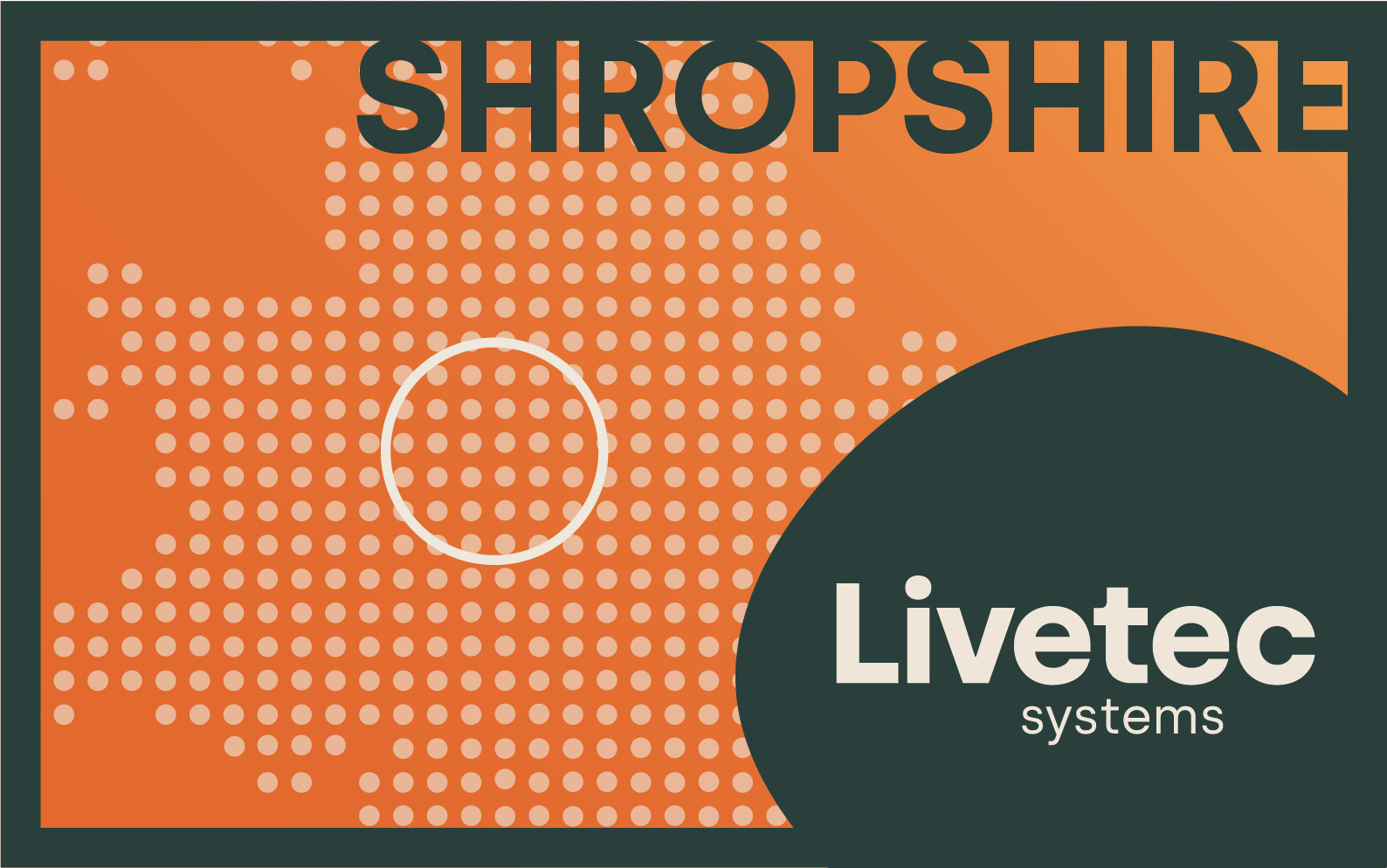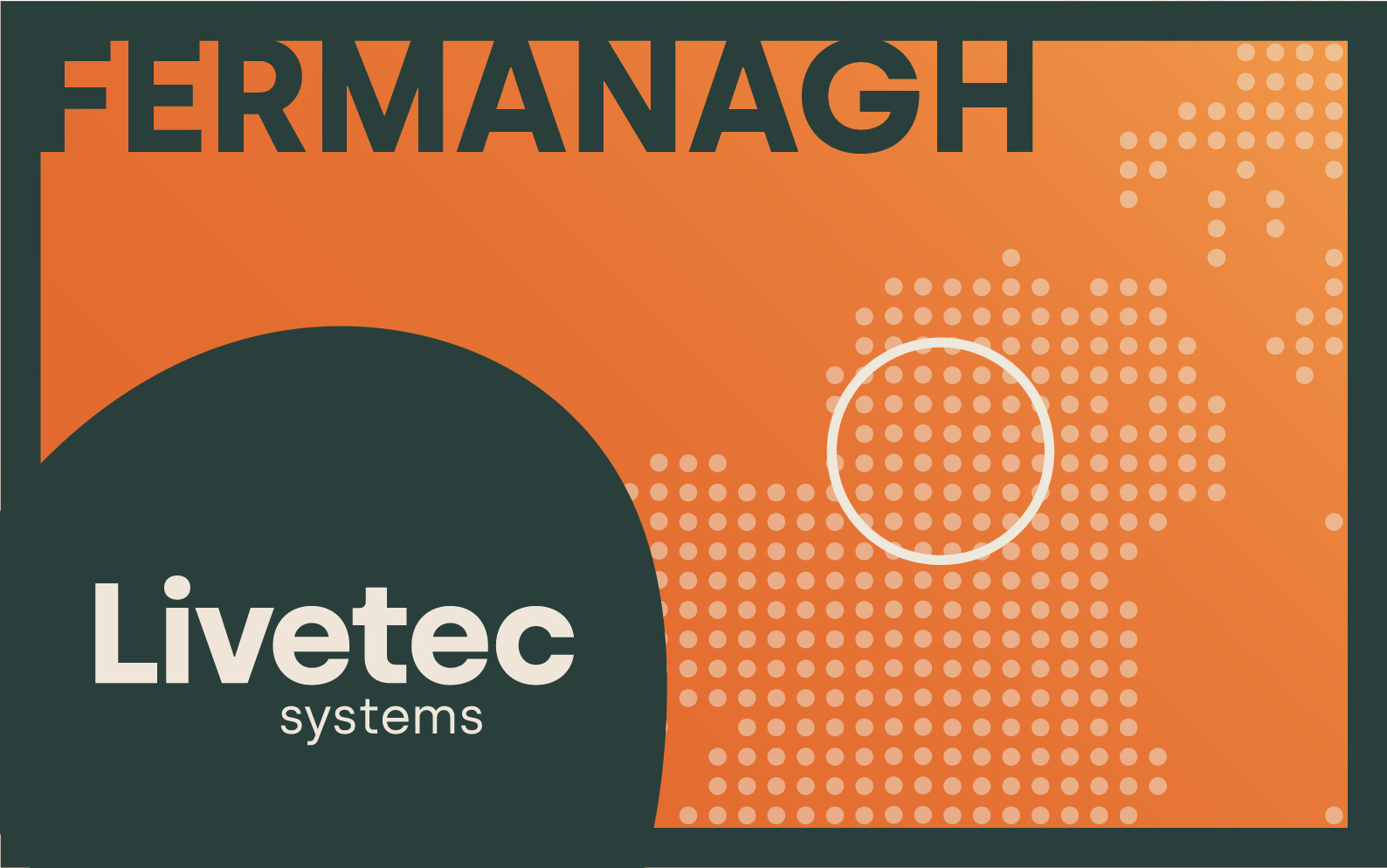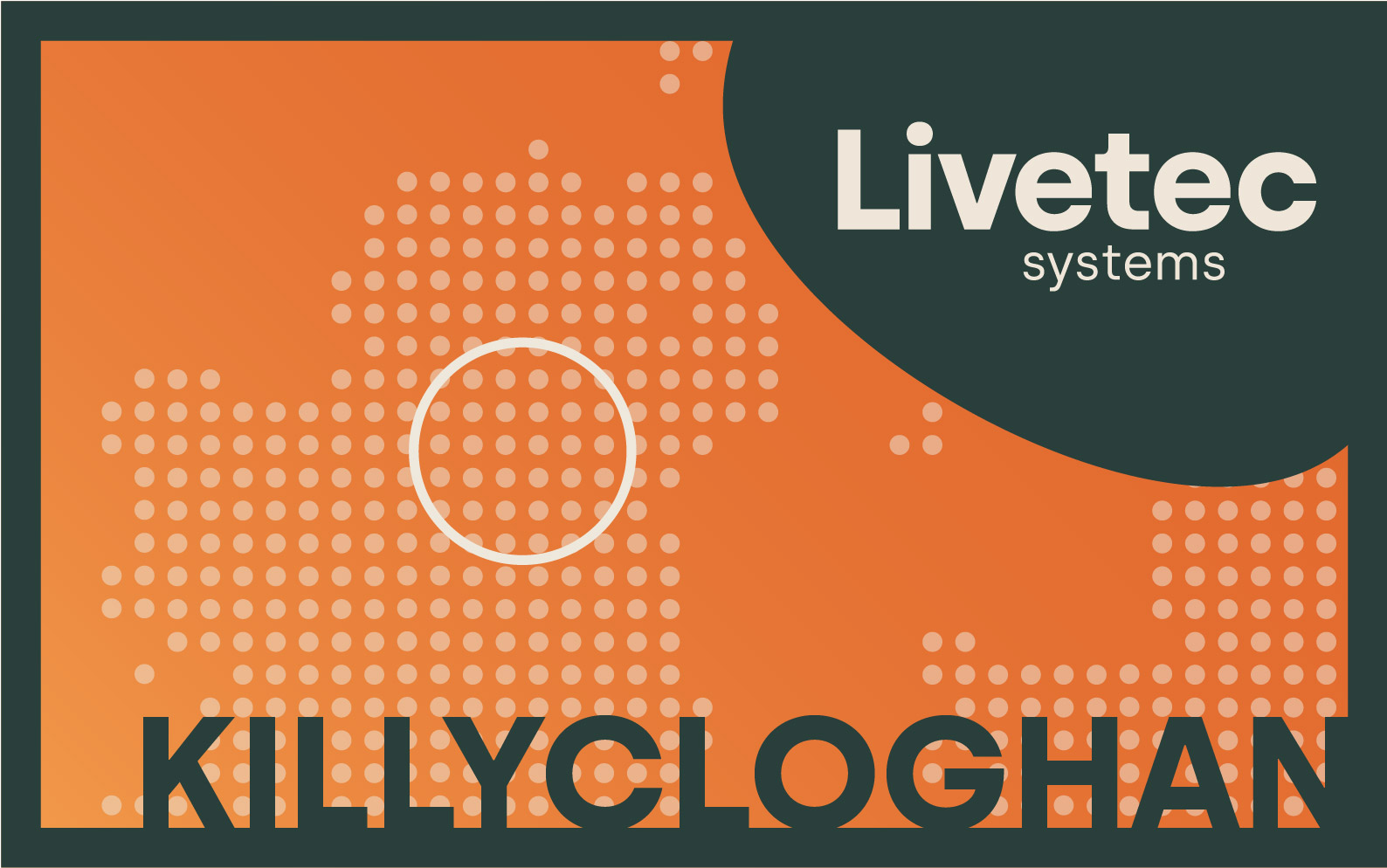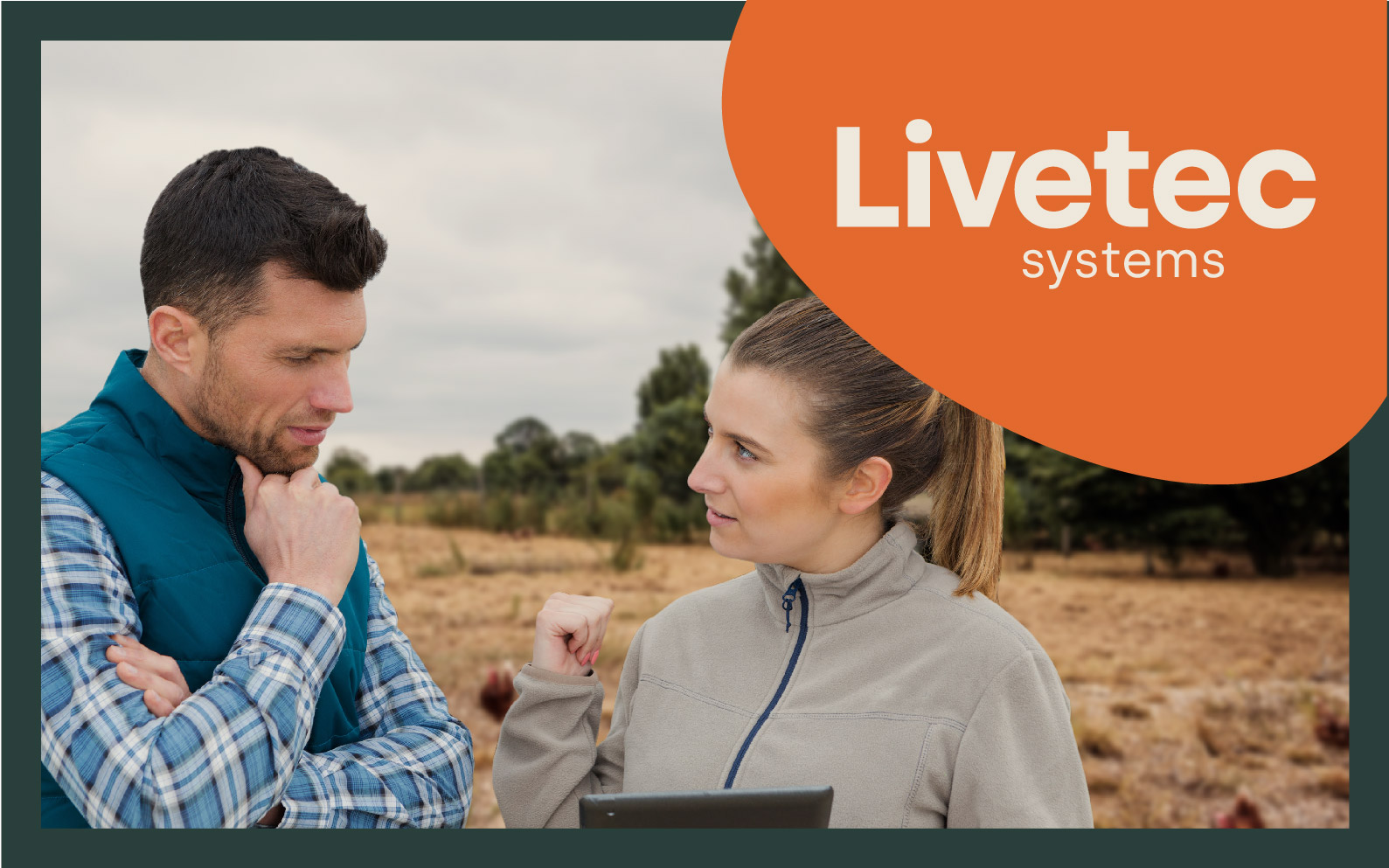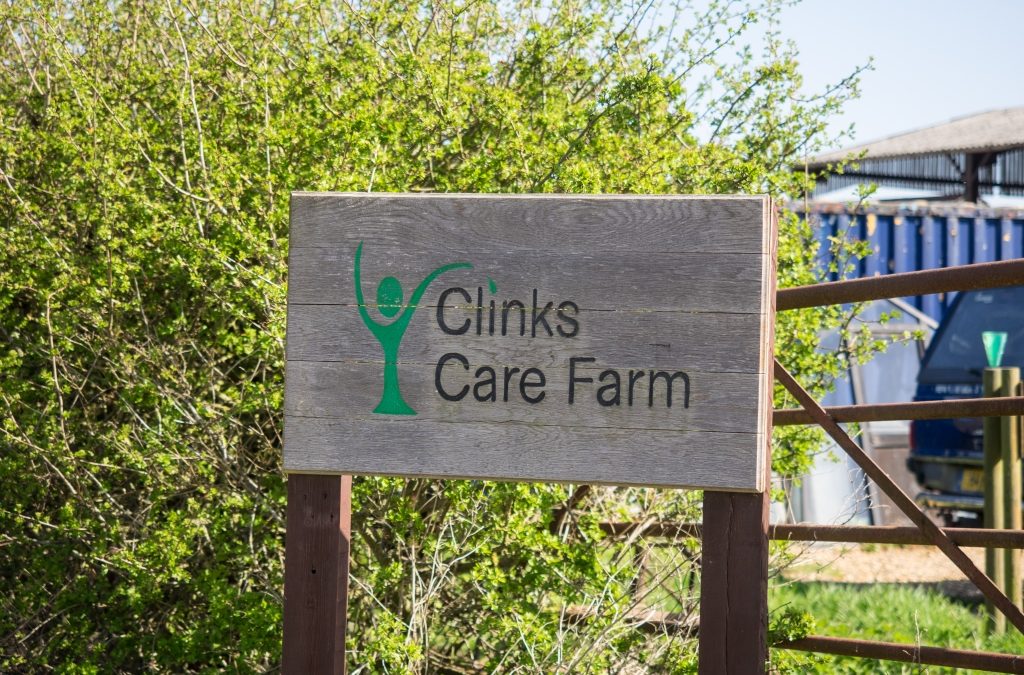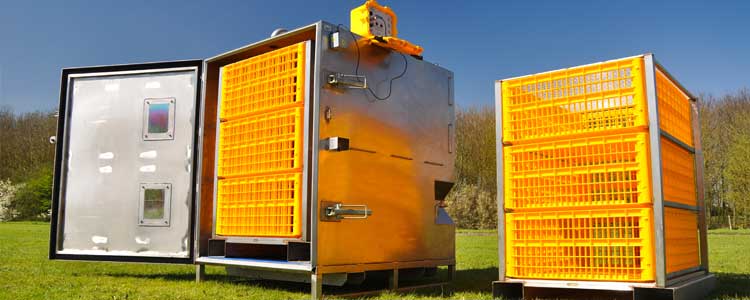Biosecurity has never been more important than it is right now. Today’s farmers face an unprecedented series of challenges, not least of which is preventing the incursion of disease. This is not as straightforward as it might sound, with disease easily introduced onto farm from a wide range of everyday sources:
- When new animals are introduced or return to the farm
- When animals are moved around the farm
- By contact with wild animals, birds or rodents
- Via contact with animals from neighbouring farms
- By visitors to the farm
- Though shared machinery, equipment, and vehicles
- By farm workers moving around the farm
- In contaminated food or bedding
- Through poor building and housing maintenance
With disease, a potential threat can come from a wide range of directions, and as such no one single biosecurity approach can provide the breadth of insight and action needed to guard against every potential pathway into your farm.
The three types of biosecurity
If you aren’t aware of the three distinct types of biosecurity needed to provide the highest level of defence, you may be leaving your farm business wide open to the risk of disease.
A three-pronged approach which provides layers of security, considers the specifics of your farm and is both enforceable and sustainable is the only way to ensure that there are no gaps in the safeguarding of your livestock, staff and livelihood.
- Tier 1: Conceptual biosecurity: considerations related to your farm’s location
- Tier 2: Structural biosecurity: considerations related to the physical design and layout of your farm and its buildings
- Tier 3: Procedural biosecurity: The processes and procedures you follow during normal day-to-day operations
1. Conceptual biosecurity
What does conceptual biosecurity look like in practise?
Conceptual biosecurity is often referred to as the primary level of biosecurity. It deals with all considerations related to the physical location of the farm:
- Proximity of animal buildings to neighbouring farms
- Proximity of main roads
- Proximity to wildlife
- Proximity to other animal-related businesses such as abattoirs
- Third-party access to your farm
In an ideal world, your farm business would be situated in an isolated location, with no nearby farms, roads, public rights of way, and no other animal-related business operations such as abattoirs, auctions, fairs or shows.
While perfect isolation would seriously reduce the opportunity for disease incursion, for most existing farms having such a high degree of solitude is an impossible ideal.
If, on the other hand, you’re planning a farm business, considering these principles can help you to pinpoint the most biosecure location by guiding you towards the land that is the furthest away from those risk factors.
Conceptual biosecurity therefore looks at the actual location of your farm and animal housing, including its proximity to risk factors such as neighbouring farms and busy highways.
This aspect of your overall biosecurity plan should also consider how that location gap could be bridged, such as if outside visitors arrive on-farm or equipment or machinery used elsewhere is permitted access to your site.
When outside visitors, vehicles or equipment are given access to your farm, your ‘fortress of solitude’ is breached and the outside world, and its potential pathogens, are suddenly right on your doorstep, rather than a safe distance away.
2. Structural biosecurity
The second level of biosecurity is structural. This relates to the built environment surrounding your livestock and farm operations:
- Animal housing design and location
- Perimeter fencing
- Your farm’s layout
- Location of hygiene facilities such as washrooms and showers
- The design, installation and maintenance of any heating or ventilation systems
- Feed and bedding storage buildings
- Location and use of entrance and exit points
- Location of any office buildings
- Location and design of animal housing
How your farm is laid out plays a huge role in how it operates and how people, animals, vehicles, and machinery move around the farm. Structural biosecurity considers your farm plan and floor map in detail, paying attention to the structural integrity of your farm. This covers where buildings are located and how they connect with each other, where people enter and exit, where drainage and water systems are located, and where essentials such as hygiene and storage facilities are placed.
By having a clear picture of the farm’s layout, it’s then possible to begin understanding traffic patterns and to see how vehicles, equipment and animals are most likely to get from point A to point B.
A process of optimisation can then take place, to design the safest, most secure routes of passage around the farm.
This includes identifying safe corridors for animal movement and pinpointing the ideal entrance and exit points to animal housing. All of this is done with the aim of identifying unnecessary exposure to disease incursion and removing that risk with a safer option, in line with the farm’s built environment.
3. Procedural or operational biosecurity
Our third type of biosecurity is procedural (also known as operational biosecurity). This focuses on the regular routines executed in the regular course of your day-to-day operations:
- Cleaning and disinfection procedures used around the farm, for animal housing, vehicles, equipment, and machinery
- How visits by third-parties, such as delivery drivers, are recorded
- How disease monitoring is carried out and recorded
- How depopulation is handled
As its name suggests, procedural biosecurity focuses on the processes your staff carry out to keep your farm operation underway, and how they can be improved upon to both prevent the introduction of disease and, in the event of a disease being present, to limit its spread on farm.
This aspect of biosecurity isn’t limited to standard business operations, however. To ensure that disease spread is limited if an incursion occurs, it also contains provisions for emergencies, such as enhancing cleansing and disinfection requirements upon entrance or exit to the farm in the event of a disease outbreak.
Why is biosecurity so important?
Any incursion of disease represents an immediate threat: To your livestock. To your staff. To your livelihood. To public health.
The fallout can be swift and devastating, resulting in the loss of livestock, reputational damage, a loss of control over farm operations, lost contracts, and enormous financial challenges.
It can also have wider repercussions, for wildlife, public health, and the food chain, with ramifications that extend far beyond the farm itself to have a national or even international impact.
The UK’s Chief Veterinary Officer, Dr Christine Middlemiss says biosecurity is absolutely ‘key’ in the face of disease outbreaks and plays a vital role in protecting livestock and halting the further spread of disease.
The 2021-22 AI season was the worst since records began. You can’t afford to leave the health and safety of your farm, its livestock and your team to chance.
Industry leading biosecurity solutions by Livetec
Livetec’s scientifically backed biosecurity solutions have been helping farmers across the UK to better protect their livestock and their business viability for more than a decade.
Our experienced team uses our unrivalled breadth of on-farm experience, extensive scientific research, industry partnerships and advanced in-house product development capability to create bespoke biosecurity plans to mitigate against the risk of disease; no matter where your farm is located, regardless of its physical lay out and irrespective of its current procedures.
Introducing Farm Health Guardian
Farm Health Guardian (FHG) is a breakthrough biosecurity management system. It’s modern, straightforward and easy to use, empowering farm businesses to digitally transform their biosecurity.
Created to enhance biosecurity for every farm business, it’s a seamless, effortless way to facilitate electronic check-ins, manage vehicle movement records, maintain and digitised logbooks. As well as recording every movement on and off farm, it also offers instant alerts, messaging and report generation in the event of an outbreak, saving both time and money.
Should disease break out on your farm, time is of the essence. In those moments of crisis, Farm Health Guardian’s proven, patented system gives you instant fingertip access to records showing who has been on your farm, when. It allows you to streamline communications and map movements, eliminating potentially disastrous delays in alerts and facilitate customised screening requirements.
Save money, save time, and remain compliant, all while increasing your standard of biosecurity. Download our product guide here or contact us on info@livetecsystems.co.uk.
Partnering with Livetec
Livetec are biosecurity experts. We have over a decade of experience in the industry, and our team of experts create comprehensive biosecurity and contingency plans tailored to your farm’s needs, to build the future of livestock prevention, and as we continue to experience a bird flu endemic in the UK, biosecurity remains absolutely critical.
Our continued research and development, coupled with our scientific knowledge and approach to disease prevention ensures that your plan will be effective in protecting your flock from bird flu infections.
Click here to contact the Livetec team today.

